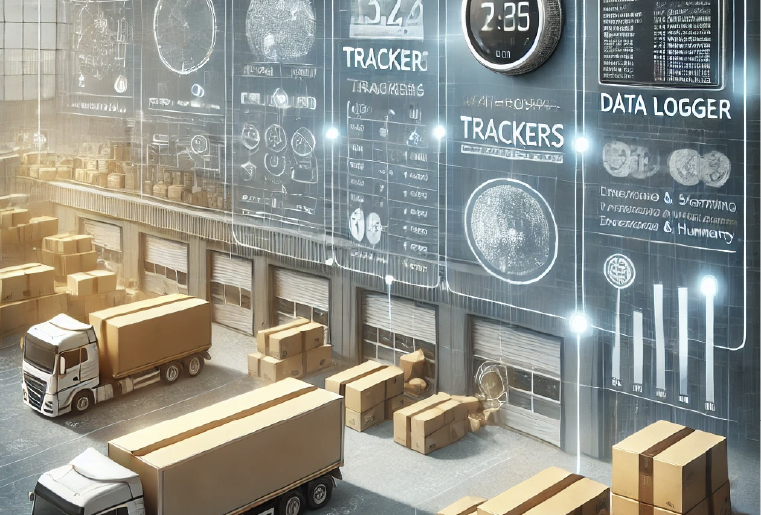 15Jan
15JanThe Difference Between a Data Logger and a Real-Time Tracker
In the world of shipment and cargo monitoring, choosing the right technology is essential for ensuring the integrity of goods during transit. Two of the most common tools used in this process are data loggers and real-time trackers. While both devices are designed to monitor conditions such as temperature, humidity, and location, they differ significantly in functionality and use cases. Here, we’ll break down the key differences to help you determine which solution best fits your needs.
What Is a Data Logger?
A data logger is a compact, standalone device that records environmental data over a specific period. It’s typically placed inside a shipment to collect information such as temperature, humidity, and light exposure.
Key Features of Data Loggers:
Passive Monitoring: Data loggers record information for later review. The data can only be accessed once the shipment reaches its destination.
Cost-Effective: These devices are generally more affordable than real-time trackers, making them a popular choice for single-use shipments.
No Connectivity Required: Data loggers operate independently of external networks, ensuring uninterrupted data collection even in remote areas.
Use Cases for Data Loggers:
Ideal for shipments where real-time updates are not critical, such as non-perishable goods or routine logistics.
Commonly used for regulatory compliance, as they provide detailed historical records of shipment conditions.
What Is a Real-Time Tracker?
A real-time tracker, on the other hand, offers dynamic, live updates on shipment conditions and location. These devices leverage technologies like GPS, cellular networks, or Wi-Fi to transmit data continuously.
Key Features of Real-Time Trackers:
Live Monitoring: Real-time trackers provide instant updates, allowing users to react quickly to potential issues such as temperature spikes or delays.
Advanced Alerts: Many devices are equipped with customisable alert systems to notify users of conditions that fall outside predefined thresholds.
Connectivity Dependent: Real-time trackers require network access to transmit data, which may limit their effectiveness in areas with poor coverage.
Use Cases for Real-Time Trackers:
Essential for high-value or perishable goods, such as pharmaceuticals, fresh produce, or electronics.
Suitable for shipments requiring strict compliance with temperature and handling guidelines.
Comparing the Two: Key Differences
|
Feature |
Data Logger |
Real-Time Tracker |
|
Data Access |
Post-shipment |
During transit |
|
Cost |
Lower |
Higher |
|
Connectivity |
Not required |
Required |
|
Use Cases |
Routine shipments, compliance |
High-value or perishable goods |
|
Response Capability |
Delayed (after shipment) |
Immediate (real-time alerts) |
Which One Should You Choose?
The decision between a data logger and a real-time tracker largely depends on your business needs and the nature of the goods being transported.
Choose a data logger if you’re focused on cost-effectiveness and only need data for compliance or post-shipment analysis.
Opt for a real-time tracker if maintaining shipment integrity during transit is critical, especially for perishable or high-value items.
How Silentrac Can Help
At Silentrac, we specialise in advanced shipment monitoring solutions tailored to your specific needs. Whether you require reliable data loggers for compliance or sophisticated real-time trackers for live updates, we offer cutting-edge devices that ensure the safety and quality of your cargo.
Contact us today to learn more about our shipment monitoring solutions and how we can help optimise your logistics operations.




